
漢德百科全書 | 汉德百科全书

 Medical, Pharmaceutical, Rehabilitation
Medical, Pharmaceutical, Rehabilitation
 Medical Equipment
Medical Equipment

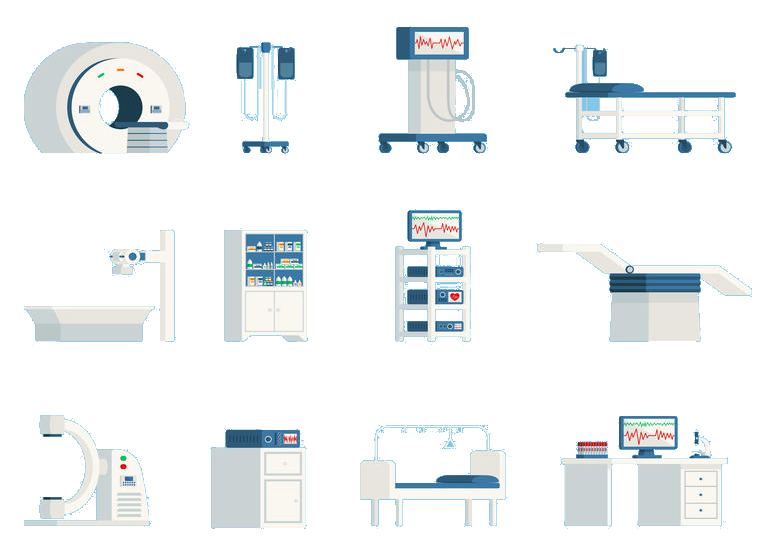 Medical equipment
Medical equipment
 Dental Equipment
Dental Equipment

 Minnesota-MN
Minnesota-MN

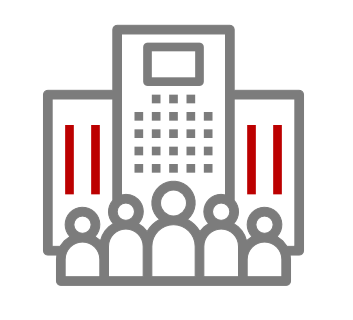 Companies
Companies

 Companies
Companies
 *Centuries-old companies in the world
*Centuries-old companies in the world
 United States
United States

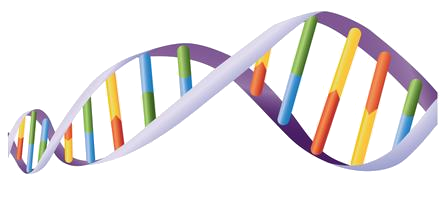 Science and technology
Science and technology
 Global Innovators
Global Innovators


 Medical, Pharmaceutical, Rehabilitation
Medical, Pharmaceutical, Rehabilitation
 Medical Equipment
Medical Equipment
 Präzisionsinstrument/Medizinische Ausrüstung/Forschungsausrüstung
Präzisionsinstrument/Medizinische Ausrüstung/Forschungsausrüstung
 EZChrom Analysis
EZChrom Analysis


 California-CA
California-CA


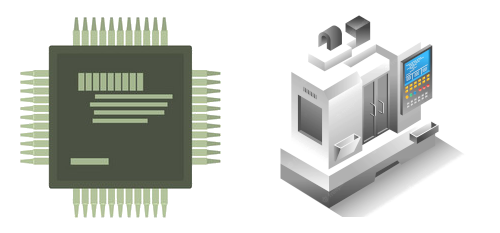 IT-Times
IT-Times
 Precision Instrument/Medical Equipment/Research Equipment
Precision Instrument/Medical Equipment/Research Equipment

 Medical, Pharmaceutical, Rehabilitation
Medical, Pharmaceutical, Rehabilitation
 Medical Equipment
Medical Equipment
 United States
United States



 IT-Times
IT-Times
 Precision Instrument/Medical Equipment/Research Equipment
Precision Instrument/Medical Equipment/Research Equipment
 Japan
Japan
 Kantō
Kantō

 Medical, Pharmaceutical, Rehabilitation
Medical, Pharmaceutical, Rehabilitation
 Medical Equipment
Medical Equipment

 Medical equipment
Medical equipment
 Medizinische Bildgebung
Medizinische Bildgebung

 Medical equipment
Medical equipment
 Dental Equipment
Dental Equipment

 Companies
Companies

 Science and technology
Science and technology
 Global Innovators
Global Innovators



 IT-Times
IT-Times
 Precision Instrument/Medical Equipment/Research Equipment
Precision Instrument/Medical Equipment/Research Equipment

 Medical, Pharmaceutical, Rehabilitation
Medical, Pharmaceutical, Rehabilitation
 Medical Equipment
Medical Equipment

 New jersey-NJ
New jersey-NJ
 United States
United States

 Science and technology
Science and technology
 Global Innovators
Global Innovators

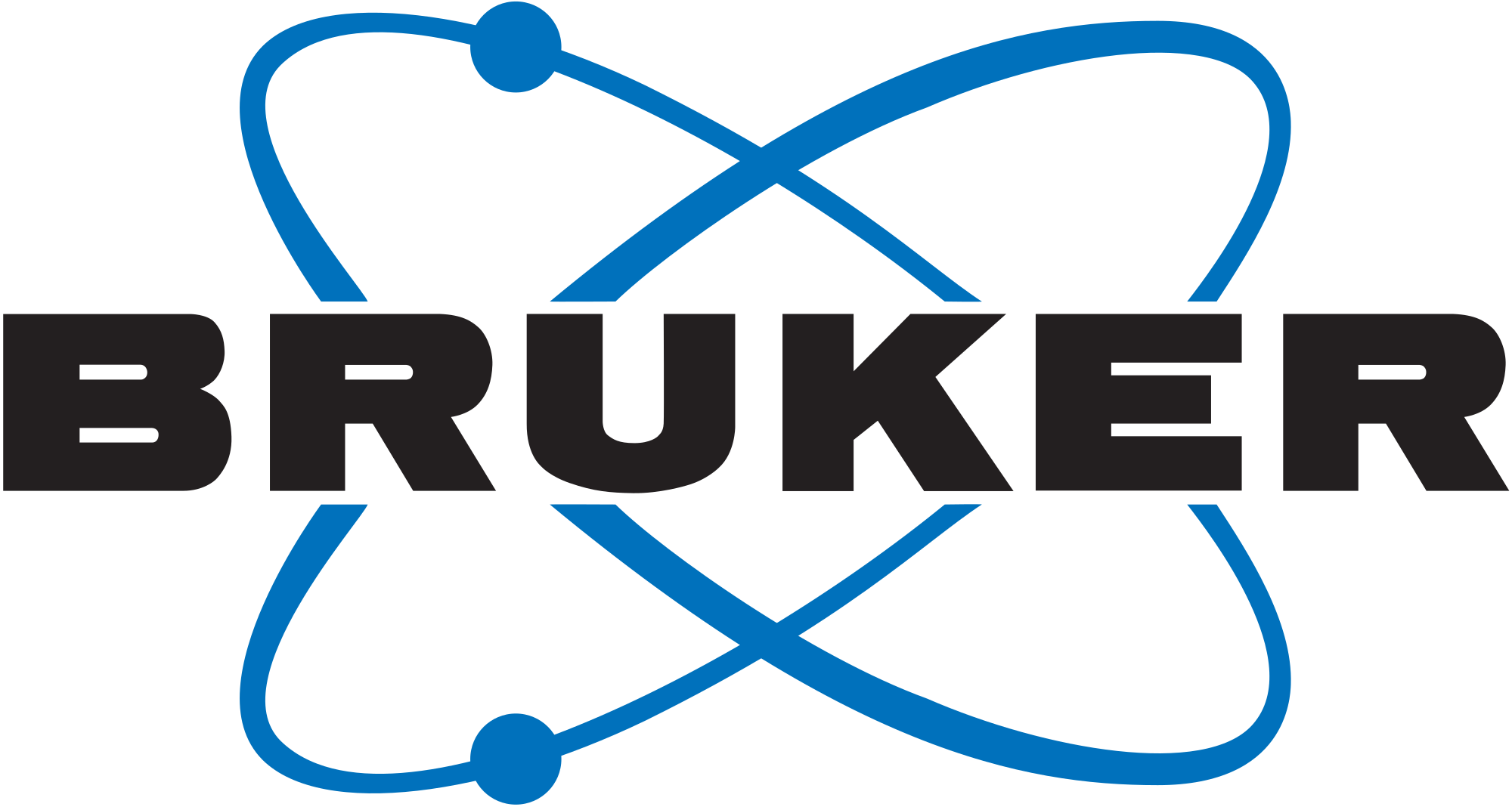
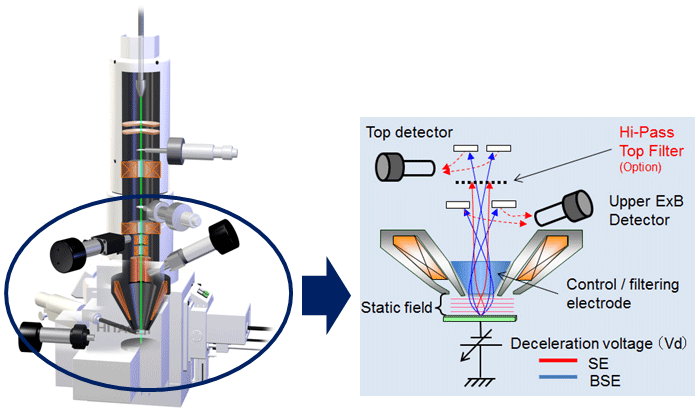

 Medical, Pharmaceutical, Rehabilitation
Medical, Pharmaceutical, Rehabilitation
 Medical Equipment
Medical Equipment

 Medical equipment
Medical equipment
 Präzisionsinstrument/Medizinische Ausrüstung/Forschungsausrüstung
Präzisionsinstrument/Medizinische Ausrüstung/Forschungsausrüstung
 UHPLC
UHPLC
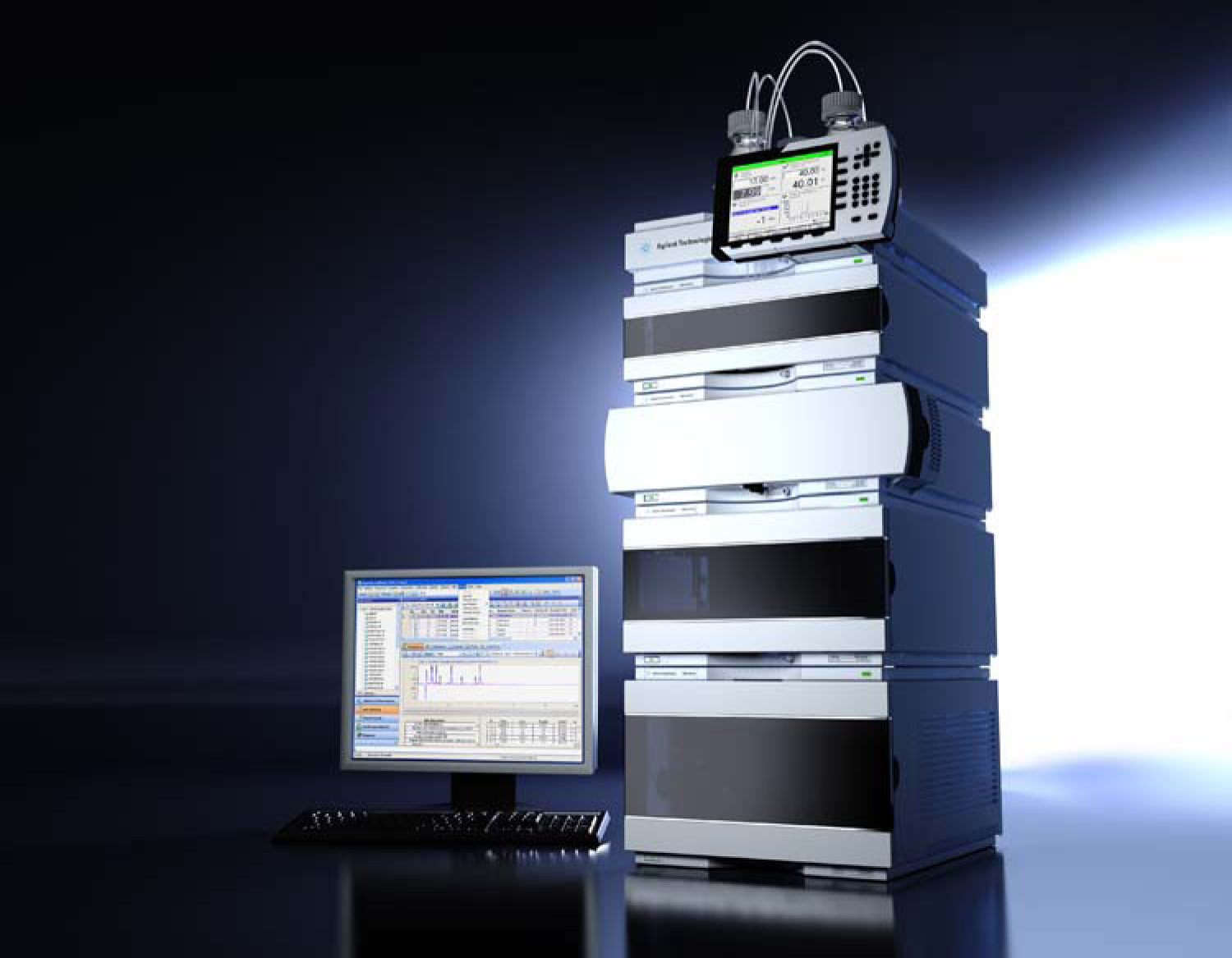

 Medical, Pharmaceutical, Rehabilitation
Medical, Pharmaceutical, Rehabilitation
 Medical Equipment
Medical Equipment

 Medical equipment
Medical equipment
 MRI
MRI
 Präzisionsinstrument/Medizinische Ausrüstung/Forschungsausrüstung
Präzisionsinstrument/Medizinische Ausrüstung/Forschungsausrüstung
 MRT-Scanner
MRT-Scanner
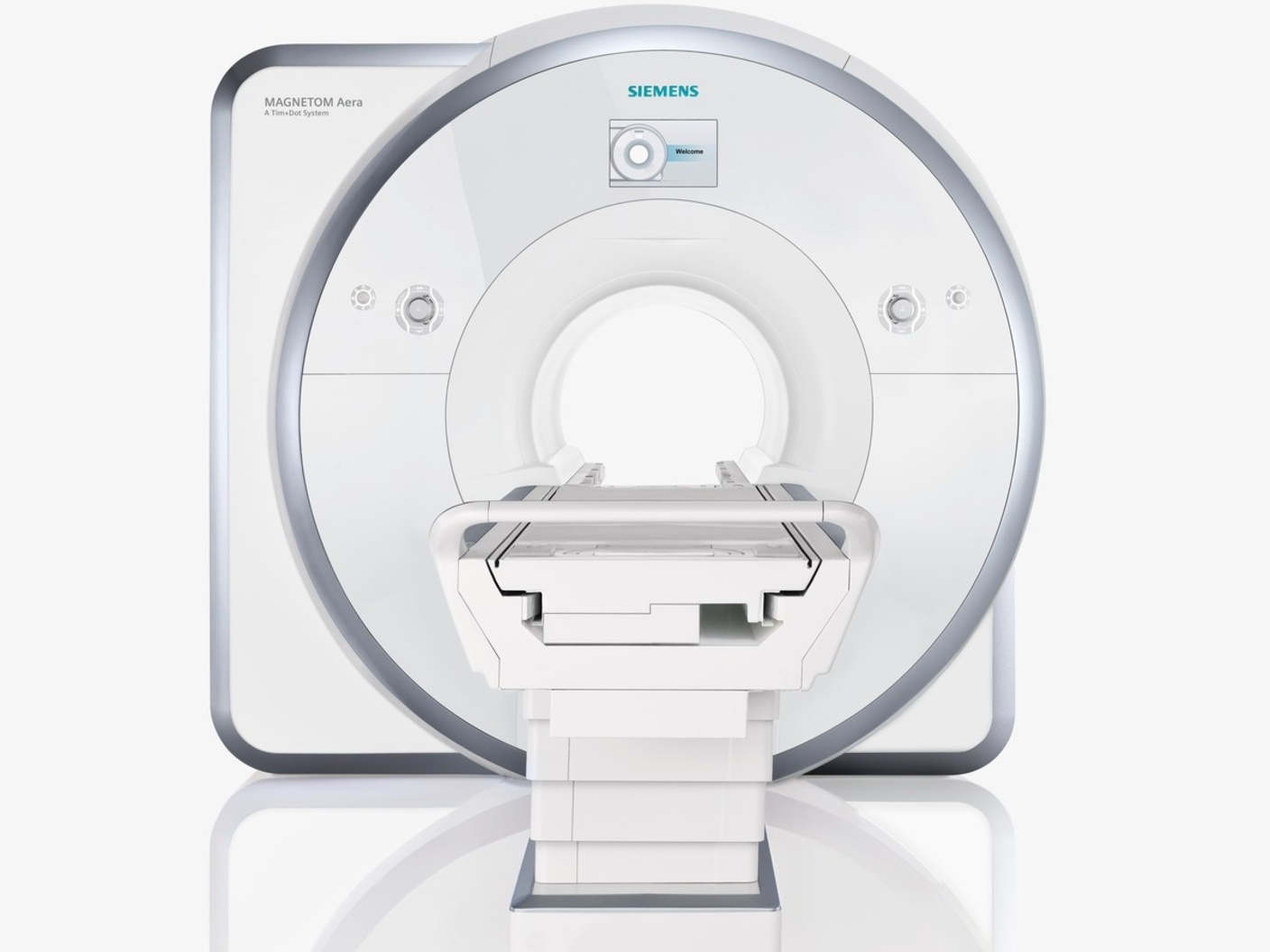

 Medical, Pharmaceutical, Rehabilitation
Medical, Pharmaceutical, Rehabilitation
 Medical Equipment
Medical Equipment

 Medical equipment
Medical equipment
 CT
CT
 Präzisionsinstrument/Medizinische Ausrüstung/Forschungsausrüstung
Präzisionsinstrument/Medizinische Ausrüstung/Forschungsausrüstung
 CT Scanner
CT Scanner
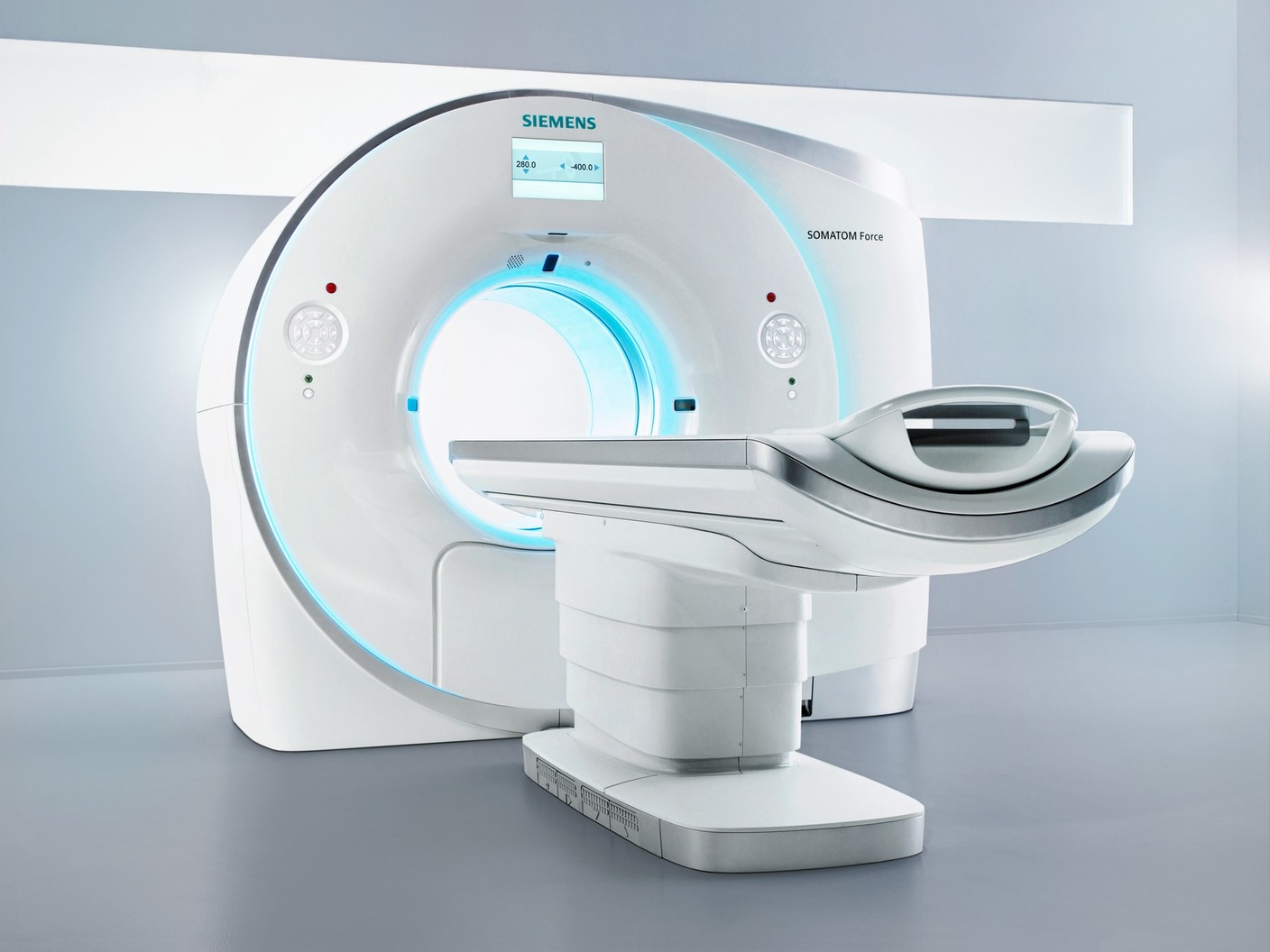

 History
History
 N 2000 - 2100 AD
N 2000 - 2100 AD


 IT-Times
IT-Times
 Precision Instrument/Medical Equipment/Research Equipment
Precision Instrument/Medical Equipment/Research Equipment
 Präzisionsinstrument/Medizinische Ausrüstung/Forschungsausrüstung
Präzisionsinstrument/Medizinische Ausrüstung/Forschungsausrüstung
 LHC
LHC
 Switzerland
Switzerland
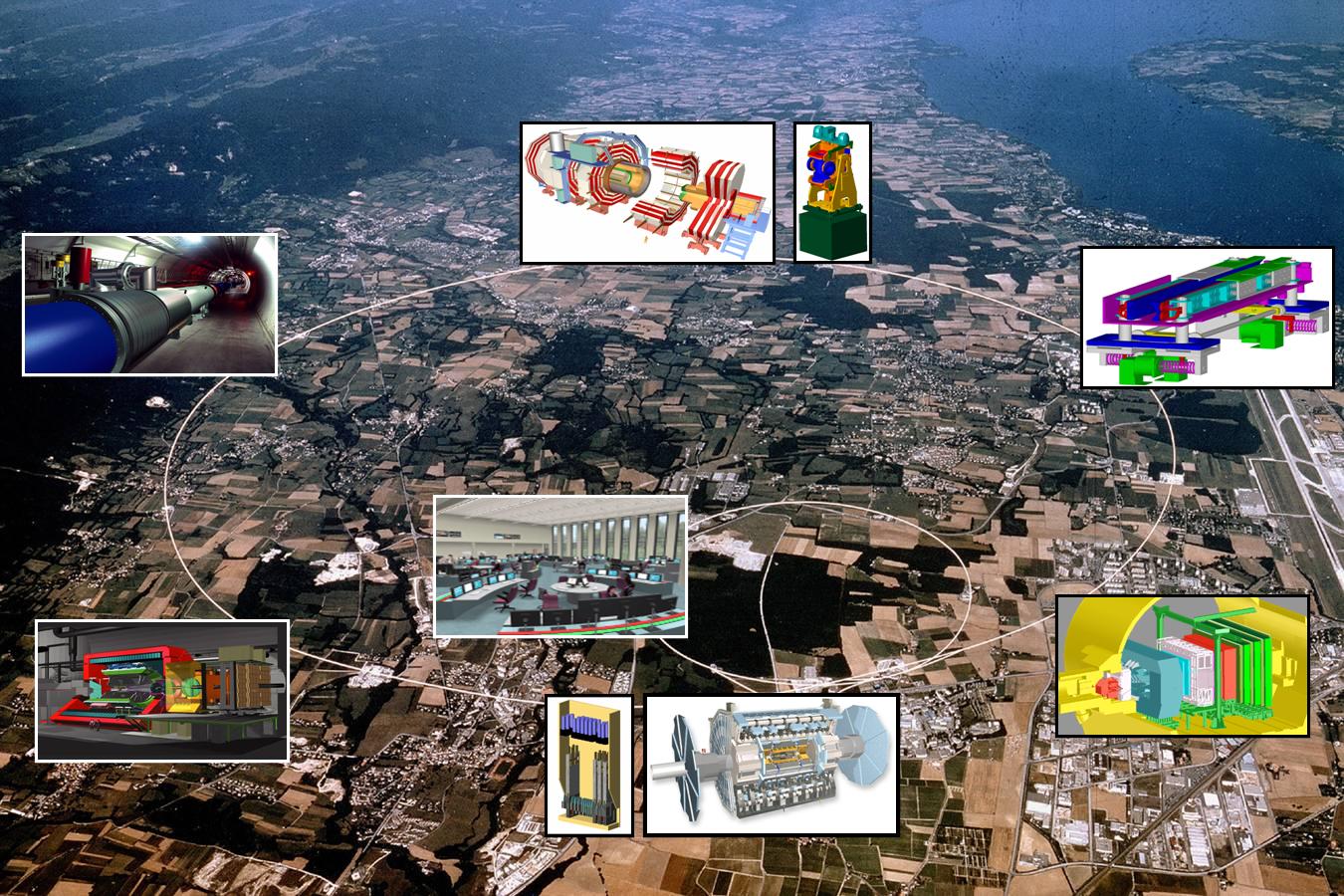
Der Large Hadron Collider (LHC, deutsche Bezeichnung Großer Hadronen-Speicherring)[1] ist ein Teilchenbeschleuniger am Europäischen Kernforschungszentrum CERN bei Genf. In Bezug auf Energie und Häufigkeit der Teilchenkollisionen ist der LHC der leistungsstärkste Teilchenbeschleuniger der Welt. An Planung und Bau waren über 10.000 Wissenschaftler und Techniker aus über 100 Staaten beteiligt, es kooperierten hunderte Universitätslehrstühle und Forschungsinstitute. Die maßgebliche Komponente ist ein Synchrotron in einem 26,7 Kilometer langen unterirdischen Ringtunnel, in dem Protonen oder Blei-Kerne gegenläufig auf nahezu Lichtgeschwindigkeit beschleunigt und zur Kollision gebracht werden. Die Experimente am LHC sind daher Colliding-Beam-Experimente.
Forschungsziele am LHC sind die Erzeugung und genaue Untersuchung bekannter und noch unbekannter Elementarteilchen und Materiezustände. Ausgangspunkt ist die Überprüfung des gegenwärtigen Standardmodells der Teilchenphysik. Besonderes Augenmerk liegt daher auf dem Higgs-Boson, dem letzten bei Betriebsbeginn noch nicht experimentell nachgewiesenen Teilchen des Standardmodells. Darüber hinaus soll der LHC der Suche nach Physik jenseits des Standardmodells dienen, um möglicherweise Antworten auf offene Fragen zu finden. Vier große und zwei kleinere Detektoren registrieren die Spuren der bei den Kollisionen entstandenen Partikel. Durch die große erreichbare Anzahl von Kollisionen pro Sekunde (hohe Luminosität) entstehen enorme Datenmengen. Diese werden mit Hilfe einer ausgeklügelten IT-Infrastruktur vorsortiert. Nur ein kleiner Teil der Daten wird mittels eines eigens aufgebauten, weltumspannenden Computernetzwerks zur Analyse an die beteiligten Institute weitergeleitet.
In den Experimenten wurde ab 2010 ein bisher nicht erreichbarer Energiebereich erschlossen. Ein wesentliches Ergebnis der bisherigen Experimente (Stand: März 2019) ist eine außerordentlich gute Bestätigung des Standardmodells. Mehrere neue Hadronen wurden gefunden, ein Quark-Gluon-Plasma konnte erzeugt werden und erstmals wurde beim Bs0-Meson die CP-Verletzung bei seinem Zerfall in Kaonen und Pionen beobachtet sowie sein extrem seltener Zerfall in zwei Myonen. Auch beim D0-Meson gelang der Nachweis einer CP-Verletzung. Als bislang größter Erfolg gilt der experimentelle Nachweis des Higgs-Bosons. Dies führte zur Verleihung des Nobelpreises für Physik 2013 an François Englert und Peter Higgs.[2]
大型ハドロン衝突型加速器 (おおがたハドロンしょうとつがたかそくき、英: Large Hadron Collider、略称 LHC) は、高エネルギー物理実験を目的としてCERNが建設した世界最大の衝突型円形加速器の名称。スイス・ジュネーブ郊外にフランスとの国境をまたいで設置されている[1]。2008年9月10日[2]に稼動開始した[3]。また、LHC実験はそこで実施されている実験の総称。
LHCは2013年2月から停止していたが、2015年4月5日に改良工事を終え、以前の8兆電子ボルト(8TeV)から13兆電子ボルト(13TeV)の高速エネルギーへ更新して運転を再開した [4]。 13TeVの衝突が2015年5月20日に初めて達成された [5]。
The Large Hadron Collider (LHC) is the world's largest and highest-energy particle collider and the largest machine in the world.[1][2] It was built by the European Organization for Nuclear Research (CERN) between 1998 and 2008 in collaboration with over 10,000 scientists and hundreds of universities and laboratories, as well as more than 100 countries.[3] It lies in a tunnel 27 kilometres (17 mi) in circumference and as deep as 175 metres (574 ft) beneath the France–Switzerland border near Geneva.
First collisions were achieved in 2010 at an energy of 3.5 teraelectronvolts (TeV) per beam, about four times the previous world record.[4][5] After upgrades it reached 6.5 TeV per beam (13 TeV total collision energy, the present world record).[6][7][8][9] At the end of 2018, it entered a two-year shutdown period for further upgrades.
The collider has four crossing points, around which are positioned seven detectors, each designed for certain kinds of research. The LHC primarily collides proton beams, but it can also use beams of heavy ions: lead–lead collisions and proton–lead collisions are typically done for one month per year. The aim of the LHC's detectors is to allow physicists to test the predictions of different theories of particle physics, including measuring the properties of the Higgs boson[10] and searching for the large family of new particles predicted by supersymmetric theories,[11] as well as other unsolved questions of physics.
Le Grand collisionneur de hadrons1, (en anglais : Large Hadron Collider — LHC), est un accélérateur de particules mis en fonction en 2008 et situé dans la région frontalière entre la France et la Suisse entre la périphérie nord-ouest de Genève et le pays de Gex (France). C'est le plus puissant accélérateur de particules construit à ce jour, a fortiori depuis son amélioration achevée en 2015 après deux ans de mise à l'arrêt2. Il est même présenté comme le plus grand dispositif expérimental jamais construit pour valider des théories physiquesNote 1. En 2012, il confirme l'existence du boson de Higgs.
Le LHC a été construit dans le tunnel circulaire (26,659 km de circonférence3) de son prédécesseur, le collisionneur LEP (Large Electron Positron). À la différence de ce dernier, ce sont des protons — de la famille des hadrons — qui sont accélérés pour produire des collisions, en lieu et place des électrons ou des positrons pour le LEP.
Ces protons seront accélérés jusqu'à une énergie de 7 TeV, soit près de 7 500 fois leur énergie de masse. L'énergie totale de deux protons incidents sera ainsi de 14 TeV. Le LHC sera également utilisé pour accélérer des ions lourds comme le plomb avec une énergie totale de collision de 1 150 TeV pour le noyau dans son ensemble soit un peu plus de 2,75 TeV par nucléon qu'il contient.
Huit détecteurs, dont quatre de très grande taille, sont installés sur cet accélérateur, à savoir ATLAS, CMS, TOTEM, LHCb, ALICE, LHCf, MoEDAL et FASER (voir leur description détaillée).
Il Large Hadron Collider (in italiano "Grande Collisore di Adroni"), abbreviato in LHC, è un acceleratore di particelle situato presso il CERN di Ginevra, utilizzato per ricerche sperimentali nel campo della fisica delle particelle.[1]
I componenti più importanti dell'acceleratore sono 1232 magneti superconduttori a bassa temperatura, che hanno un campo intenso circa 8 Tesla[2] . Sono realizzati in lega di niobio e titanio e sono raffreddati alla temperatura di circa 2 K (circa -271 °C), utilizzando elio liquido.
La macchina accelera due fasci che circolano in direzioni opposte, all'interno dei tubi a vuoto. I fasci collidono in quattro punti lungo il percorso, dove il tunnel si allarga per lasciare spazio a grandi vani che ospitano i rivelatori. I quattro principali rivelatori di particelle sono ATLAS, di forma toroidale, il Solenoide compatto per muoni, LHCb, e ALICE, un collisore di ioni. I rivelatori utilizzano tecnologie diverse e operano intorno al punto in cui i fasci collidono. Nelle collisioni vengono prodotte numerose particelle, le cui proprietà vengono misurate dai rivelatori e inviate al centro di calcolo. Tra gli scopi principali degli studi vi è la ricerca di tracce dell'esistenza di nuove particelle.
Dopo un iniziale guasto che ha compromesso l'impianto di raffreddamento e provocato un fermo di circa un anno, LHC ha cominciato la sua campagna sperimentale alla fine del 2009.[3] L'incidente è stato discusso in dettaglio dal fisico Lucio Rossi, all'epoca responsabile dei magneti superconduttori.[4]
Nel 2018 è stata avviata l’attuazione di un progetto di miglioramento delle prestazioni, in particolare di incremento di un fattore 10 della luminosità del fascio (High luminosity LHC project)[5][6].
El Gran Colisionador de Hadrones (LHC; en inglés, Large Hadron Collider) es el acelerador de partículas más grande y de mayor energía que existe y la máquina más grande construida por el ser humano en el mundo.12 Fue construido por la Organización Europea para la Investigación Nuclear (CERN) entre 1998 y 2008 en colaboración con más de 10 000 científicos y cientos de universidades y laboratorios, así como más de 100 países de todo el Mundo.3 Se encuentra en un túnel de 27 kilómetros de circunferencia y a una profundidad de 175 metros bajo tierra debajo de la frontera entre Francia y Suiza, cerca de Ginebra.
Las primeras colisiones se lograron en 2010 a una energía de 3,5 teraelectronvoltios (TeV) por haz, aproximadamente cuatro veces el récord mundial anterior.45 Después de las correspondientes actualizaciones, alcanzó 6,5 TeV por haz (13 TeV de energía de colisión total, el récord mundial actual).6789 A finales de 2018, entró en un período de parada de dos años para nuevas actualizaciones, con el cual se espera posteriormente alcanzar energías de colisión aún mayores.
El colisionador tiene cuatro puntos de cruce, alrededor de los cuales se colocan siete detectores, cada uno diseñado para ciertos tipos de experimentos en investigación. El LHC hace colisionar protones, pero también puede utilizar haces de iones pesados (por ejemplo de plomo) realizándose colisiones de protones de plomo normalmente durante un mes al año. El objetivo de los detectores del LHC es permitir a los físicos probar las predicciones de las diferentes teorías de la física de partículas, incluida la medición de las propiedades del bosón de Higgs10 y la búsqueda de una larga serie de nuevas partículas predicha por las teorías de la supersimetría,11 así como también otros problemas no resueltos en la larga lista de elementos en la física de partículas.
Большо́й адро́нный колла́йдер, сокращённо БАК (англ. Large Hadron Collider, сокращённо LHC) — ускоритель заряженных частиц на встречных пучках, предназначенный для разгона протонов и тяжёлых ионов (ионов свинца) и изучения продуктов их соударений. Коллайдер построен в ЦЕРНе (Европейский совет ядерных исследований), находящемся около Женевы, на границе Швейцарии и Франции. БАК является самой крупной экспериментальной установкой в мире. В строительстве и исследованиях участвовали и участвуют более 10 тысяч учёных и инженеров более чем из 100 стран[1], в том числе из России — 12 институтов и 2 федеральных ядерных центра (ВНИИТФ, ВНИИЯФ).
«Большим» назван из-за своих размеров: длина основного кольца ускорителя составляет 26 659 м[2]; «адронным» — из-за того, что ускоряет адроны: протоны и тяжелые ядра атомов; «коллайдером» (англ. collider — сталкиватель) — из-за того, что два пучка ускоренных частиц сталкиваются во встречных направлениях в специальных местах столкновения — внутри детекторов элементарных частиц[3].



 Automobile
Automobile
 *Electric car engine
*Electric car engine


 IT-Times
IT-Times
 Precision Instrument/Medical Equipment/Research Equipment
Precision Instrument/Medical Equipment/Research Equipment

 Medical, Pharmaceutical, Rehabilitation
Medical, Pharmaceutical, Rehabilitation
 Medical Equipment
Medical Equipment

 Medical equipment
Medical equipment
 In-Vitro-Diagnose
In-Vitro-Diagnose

 Medical equipment
Medical equipment
 Dental Equipment
Dental Equipment

 Washington, D.C.
Washington, D.C.
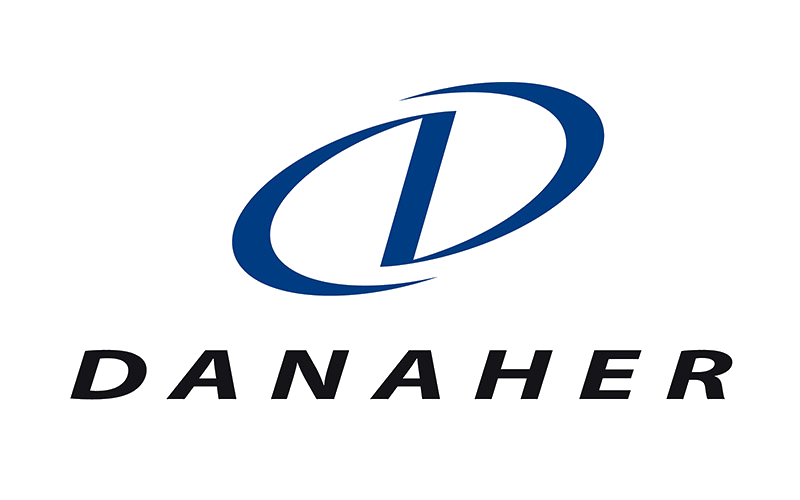
 Life and Style
Life and Style
 Massachusetts-MA
Massachusetts-MA


